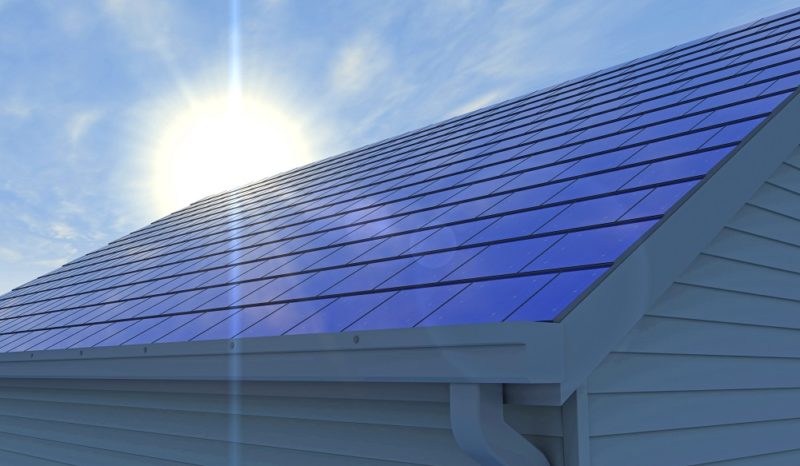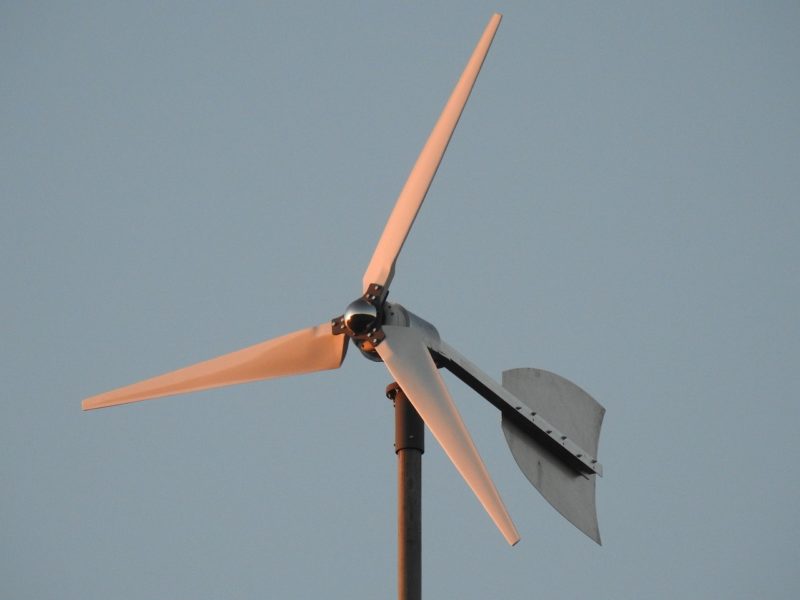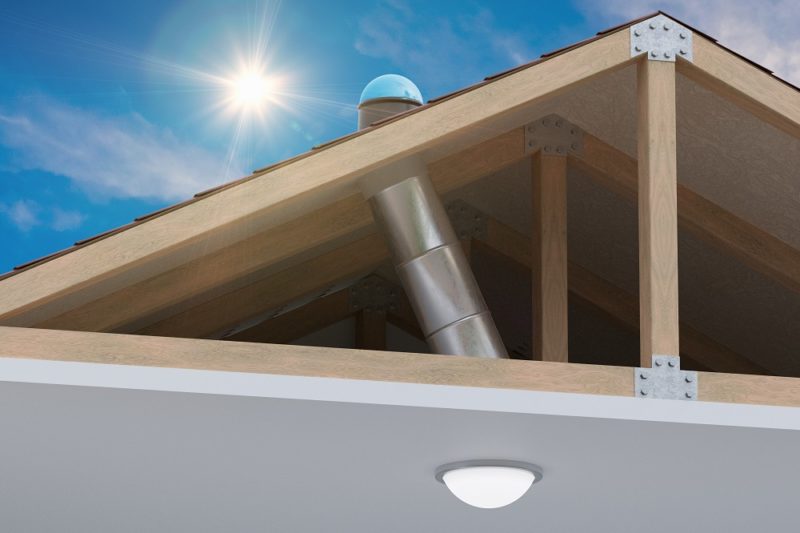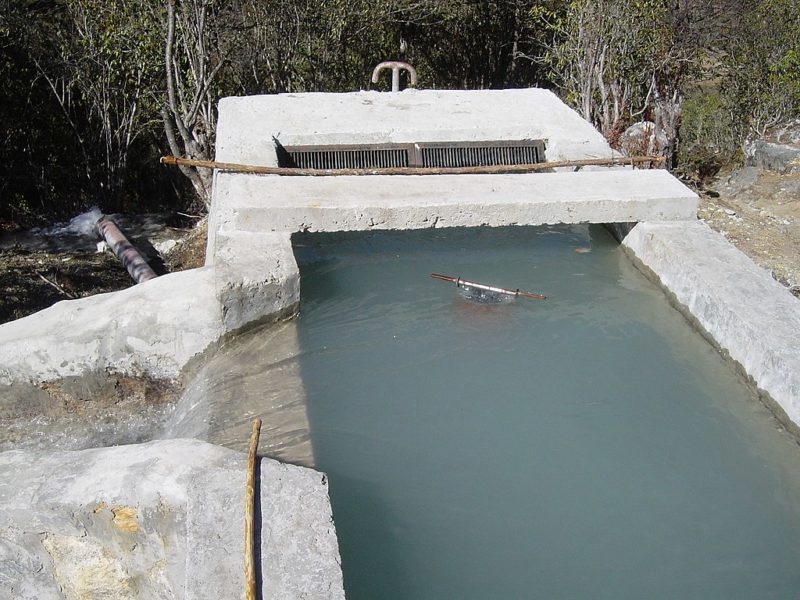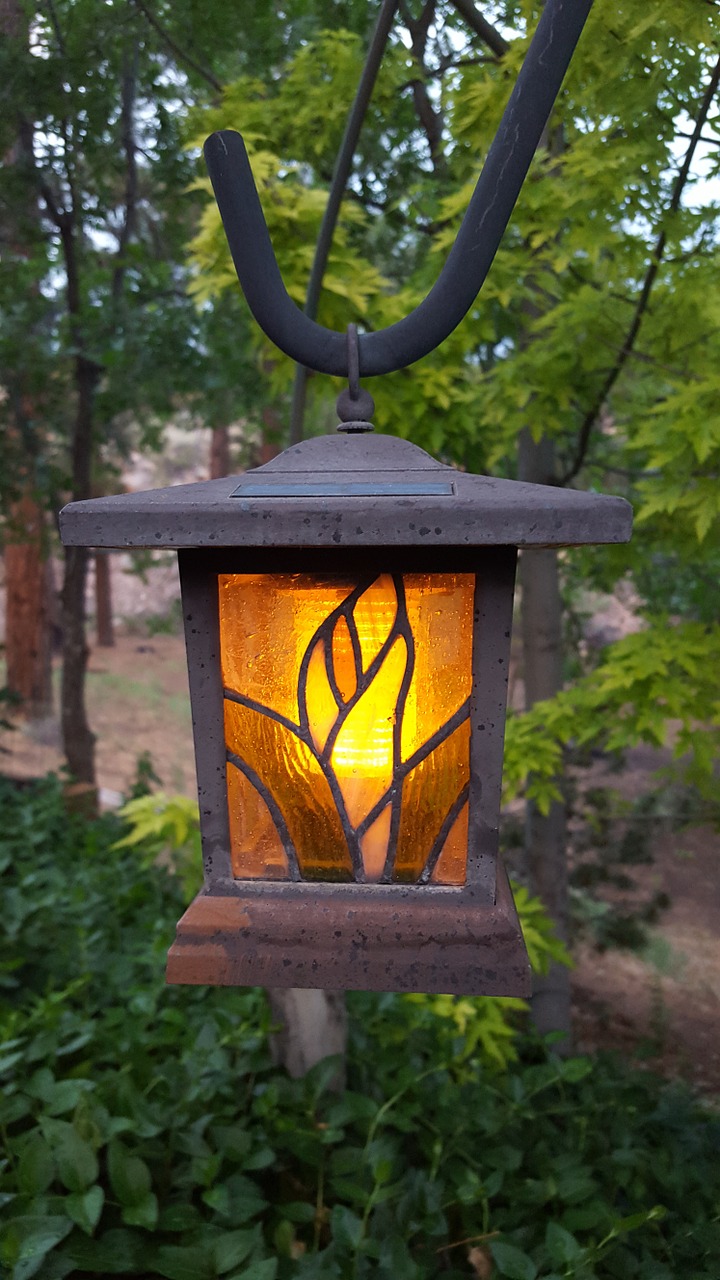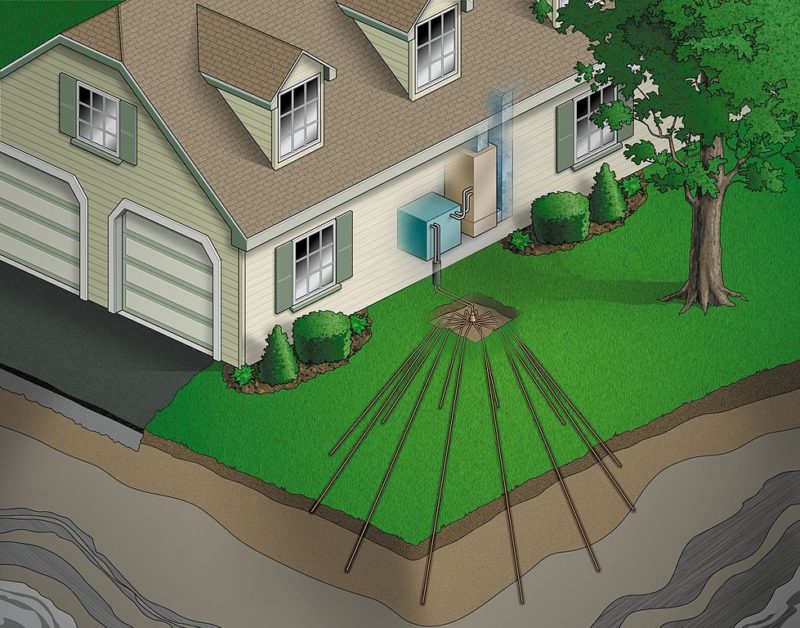Eco-Friendly Living: 6 Solar Panel Alternatives To Consider
Some people prefer living in an eco-friendly home, which is a noble thing, as it boosts environmental conservation. Several alternatives can make you keep an eco-friendly home, and the most common is using solar panels. Not only is the use of solar panels to generate electricity eco-friendly, but it could also play a big part in reducing your electricity bills.
However, some people may consider home solar panel installations challenging, especially if they don’t find the right expert. Also, unfavorable weather conditions can limit the efficiency of solar panels. For this reason, other people go for alternatives. There are options for green energy other than solar panels that you can choose from. Read on to know more about them.
Solar Panel Alternatives To Consider
Some people would want to protect the aesthetics of their homes, which include the roof. However, solar panels installed on the roof would cover it, hence interfering with a home’s curb appeal. But this specific challenge doesn’t mean you should forego eco-friendly energy options as there are other great alternatives to consider.
1. Solar Shingles
Solar shingles are photovoltaic cells that are designed to function like any other roofing material. They’re able to absorb solar energy and convert it into electricity, which can be used at home.
While they perform the same role as that of solar panels, they’re aesthetically appealing, unlike the latter, as they can blend with any roofing design. Aside from that, shingles are an excellent choice to get maximum solar energy because they can cover the entire roof. This only means they can absorb maximum energy regardless of the sun’s position.
2. Wind Power Systems
When talking about wind energy, the images of large wind turbines are what usually come to mind. However, thanks to technology, smaller wind turbine units can now be installed in your backyard. You can connect the turbines to your power grid, and then you can get a constant supply of clean and renewable energy.
Wind turbines also don’t affect the aesthetics of your home as they aren’t connected to the main house directly. Showing people you’re embracing a green home might make it even more attractive.
3. Sun Tunnel
There are rooms in your house that may not get enough natural light due to the position of the doors and windows. These rooms would usually be dark and would require other sources of light, such as electric bulbs. But instead of installing solar panels to light such rooms during the day, you can consider installing a sun tunnel.
Also called a light pipe, a sun tunnel is a tube that goes from the roof down to the ceiling of your house to allow sunlight to reach darker rooms in your home. During the day, you won’t need any light to make the room visible, eliminating the need for solar panels.
4. Hydroelectric Systems
Using water to produce electricity is a very efficient, eco-friendly way to generate energy without carbon emissions. Moreover, if water is plenty, you’d have a constant supply of green energy.
Setting up a hydroelectric system for your home is often simple and can be achieved if you have constant water flow, such as a stream or river near you. You can then build a microhydroelectric system yourself if you’re knowledgeable, or you can hire an expert to do it for you. A hydroelectric power system is reliable and easy to set up and won’t affect your home’s design.
Nirmaljoshi, CC BY-SA 4.0, via Wikimedia Commons
5. Solar Lights
Solar lights are a good alternative not only for solar panels but also for exterior electric bulbs. The solar lights, mainly shaped as lanterns, absorb solar energy throughout the day through the photovoltaic cells on top of them. This allows them to charge during the day, and when it’s dark, the photoreceptors detect the darkness and turn the lights on.
The lights can also be used inside the house as they’re not always permanently installed. Aside from being an excellent solar panel alternative, the solar lights can also be used to spruce up home exteriors while cutting electricity costs.
6. Geothermal Systems
If you want a long-lasting and effective alternative to solar panels, you shouldn’t look further than a geothermal system. This option would use temperatures on the earth’s underground to either heat or cool your house and supply electricity while reducing carbon emissions. Geothermal systems use looping pipes and pump to transfer heat to and from underground. The initial cost of setting this up could be higher, but it’s reliable and may be worth the investment.
WGisol, CC BY-SA 4.0, via Wikimedia Commons
Conclusion
There are several options for achieving eco-friendly living through how you generate your power. If you’re not for the idea of solar panels because you’re concerned about your house’s aesthetic appeal, you shouldn’t forgo the idea of green energy entirely.
Solar lights, sun tunnels, wind energy, hydroelectric power, or geothermal energy are all great alternatives that would make your home eco-friendly. Moreover, these options would cut your electricity bills, so they may indeed be worth considering.

